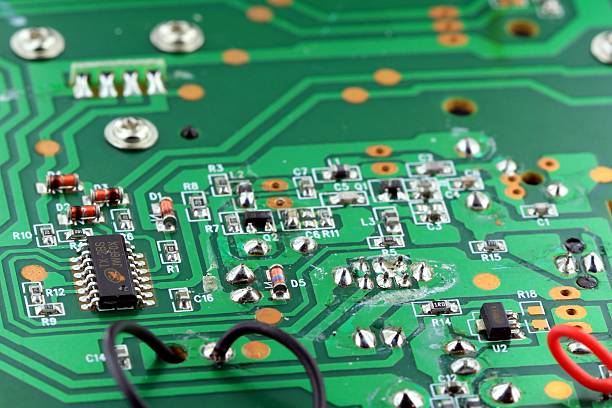In the realm of electronics, the journey from the humble breadboard to the intricate Integrated Circuits (ICs) has been nothing short of revolutionary. This evolution has not only transformed the way circuits are designed and implemented but has also played a pivotal role in the advancement of technology. In this article, we will take a captivating journey through the milestones in the evolution of circuitry, exploring the transition from breadboards to the sophisticated Integrated Circuits that power our modern devices.
The Birth of Breadboards
The Early Days of Prototyping
Before the era of breadboards, engineers and hobbyists faced a daunting task when it came to prototyping electronic circuits. Each component had to be individually soldered onto a physical board, making the modification and testing process laborious and time-consuming.
Enter the Breadboard
The invention of the breadboard, a revolutionary tool for prototyping circuits, marked a significant turning point. Consisting of a grid of holes connected by metal strips, a breadboard allowed components to be inserted and connected without the need for soldering. This innovation not only accelerated the prototyping process but also made it more accessible to enthusiasts, students, electronic parts supplier, and professionals alike.
Transitioning to Printed Circuit Boards (PCBs)
The Rise of PCBs
While breadboards provided a convenient way to prototype circuits, they were not suitable for permanent installations. The next step in the evolution of circuitry came with the widespread adoption of Printed Circuit Boards (PCBs). These boards featured copper traces that replaced the manual wiring on breadboards, offering a more compact and durable solution.
Advantages of PCBs
- Compact Design: PCBs allowed for a more compact design of electronic circuits, making them suitable for integration into smaller devices.
- Improved Reliability: The elimination of loose wires and components on PCBs increased the reliability of electronic systems.
- Mass Production: PCBs facilitated mass production of electronic devices, paving the way for the consumer electronics boom.
The Emergence of Integrated Circuits (ICs)
Miniaturization Revolution
As electronics continued to advance, the need for even smaller and more efficient components became evident. This led to the development of Integrated Circuits (ICs), a groundbreaking technology that revolutionized the field of electronics.
Key Features of ICs
- Miniaturization: ICs integrated multiple electronic components onto a single chip, drastically reducing the size of circuits.
- Increased Speed: The compact design of ICs allowed for shorter interconnection paths, resulting in faster signal propagation.
- Energy Efficiency: With reduced power consumption, ICs offered a more energy-efficient alternative to traditional circuitry.
The Modern Era: Applications of Integrated Circuits
ICs in Everyday Devices
Today, Integrated Circuits are omnipresent in our daily lives, powering a wide array of devices that we often take for granted. Let’s explore some of the common applications of ICs:
- Consumer Electronics: ic chip supplier are the backbone of devices like smartphones, tablets, and smartwatches, enabling their compact design and high-performance capabilities.
- Medical Devices: From pacemakers to diagnostic equipment, ICs play a crucial role in the advancement of medical technology, contributing to more accurate diagnoses and efficient treatment.
- Automotive Systems: Modern vehicles heavily rely on ICs for functions such as engine control, navigation, and safety features, enhancing overall performance and safety.
Challenges and Future Trends
Challenges in Miniaturization
While the evolution of circuitry has brought about tremendous advancements, it has also posed challenges, especially in the context of miniaturization. As components continue to shrink, issues such as heat dissipation and signal interference become more pronounced.
Future Trends in Circuitry
- 3D Integration: Researchers are exploring three-dimensional integration of circuits, stacking ICs on top of each other to further reduce the footprint and enhance performance.
- Quantum Computing: The field of quantum computing holds promise for the development of entirely new types of circuits, with the potential to revolutionize computation as we know it.
- Flexible Electronics: The advent of flexible materials and substrates opens the door to the development of flexible ICs, allowing for innovative form factors and applications.
Conclusion
From the simplicity of breadboards to the complexity of Integrated Circuits, the evolution of circuitry in electronics has been a fascinating journey. Each milestone brought new possibilities, transforming the way we design, build, and interact with electronic devices. As we stand on the brink of the next wave of technological innovations, the evolution of circuitry continues to shape the future of electronics, promising even smaller, faster, and more powerful solutions. Embracing these advancements, we eagerly anticipate the innovations that lie ahead in the ever-evolving world of electronics.

